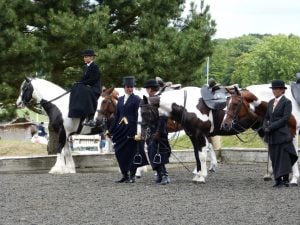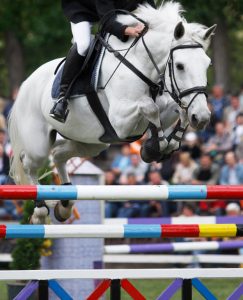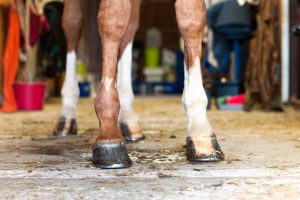A day at the British Skewbald and Piebald Association national championships is always a revelation. It isn’t just the beautiful horses and ponies, it’s the dedicated owners – and yes, in the nicest possible way, some of them are obsessed.
They’re convinced that solid-coloured horses aren’t a patch on skewbalds and piebalds, although the message has definitely got through that if an animal wouldn’t be a good example of its type if it were bay, patches won’t put things right.
There’s an old saying that “A good horse is never a bad colour.” You can take that whatever way you like. Apparently the original meaning was that a washed-out colour is a sign of weakness, which is why pale chestnuts and light bays were frowned on in many circles.
I prefer the alternative meaning: that a good horse is a good horse whether it’s black, grey, bay, or pink with ginger spots. We all have likes and dislikes and in some cases, you can see a kind of logic. I’ve met people who love greys (hands up, I’m one) and those who won’t consider buying one, simply because it’s hard to keep them clean.
Well, you won’t find many of the latter in the British Connemara Pony Society. It didn’t bother the Lone Ranger, either – although for someone who tried to keep his identity secret, he chose a particularly conspicuous horse. The skewbald ridden by his sidekick, Tonto, might have offered some camouflage in the Wild West, but you’d have seen Silver galloping towards you from miles away.
A prejudice against chestnuts is common, and chestnut mares get a really raw deal in the image stakes. It’s amazing how many people dismiss them as hot and unpredictable, ignoring the fact that bay geldings can show the same traits. Perhaps members of the anti-chestnut brigade should have a word with the Suffolk Horse Society. This iconic and critically endangered breed, also known as the Suffolk Punch, was prized for its temperament in the heyday of the working farm horse, and those who love it strive to ensure its survival.
Opinions are also divided on black horses. Some dislike them because of an association with funerals and a well-known event rider once told me that he’d never buy one, because he thought they were all grumpy and un-generous. Tell that to the Household Cavalry Mounted Regiment or a bunch of Fell pony owners – then run for cover.
Yet another old rhyme says: One white sock – buy a horse Two white socks – try a horse Three white socks – look well about him, Four white socks – do well without him.
This is because white legs usually lead on to white feet, and white feet are supposedly weaker than dark ones. My bay cob with three white socks and feet to match says that isn’t necessarily so, and so does my farrier.
So what’s your favourite? Is it a classic hunter bay, a palomino with a body coat the colour of a newly minted sovereign, or a golden dun? Does coat colour affect whether you would buy a horse or pony, or is it the last thing you think about? Would you buy a flashy chestnut with white socks, or pass it by? And have you ever overcome preferences or prejudice, and been pleasantly surprised? If so, we’d love to see your pictures.




